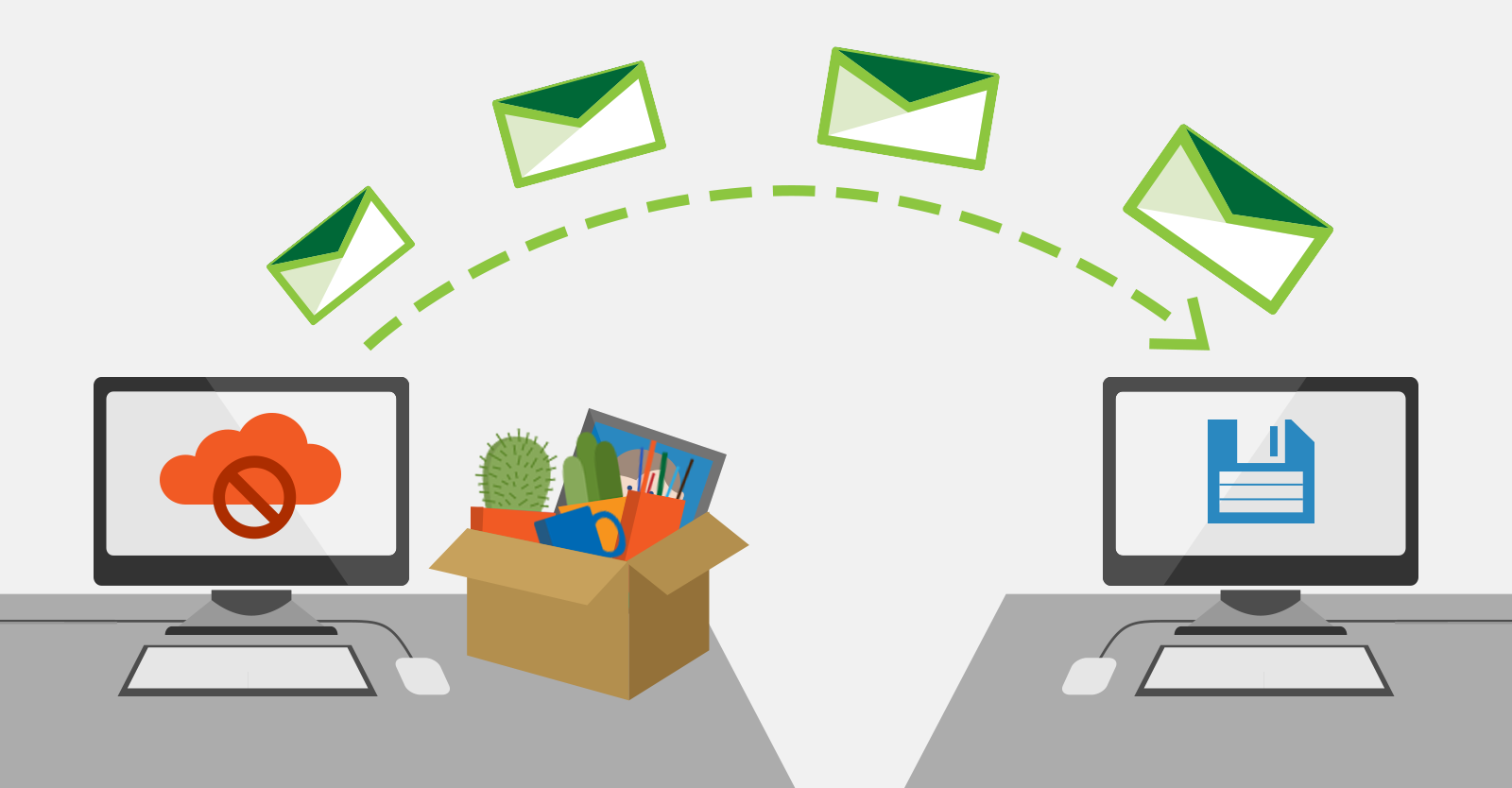In today’s digital workplace, business email has become more than just a communication tool—it’s also a record of transactions, decisions, and compliance requirements. As inboxes continue to grow, organizations often rely on built-in features like Retention Policies and Auto-Archive to manage their data. While these two functions may sound similar, they serve very different purposes. Understanding when to use each one can help businesses improve productivity, stay compliant, and reduce risks.
What Is a Retention Policy?
A Retention Policy defines how long emails or data must be stored before being automatically deleted or permanently archived. Unlike user-controlled settings, retention policies are typically configured by IT or compliance teams to ensure adherence to legal, regulatory, or corporate governance requirements.
For example:
- A financial institution may be required to retain all customer communication for seven years.
- A legal department may enforce a policy to delete emails older than ten years to minimize liability.
Key benefits of retention policies:
- Helps organizations meet compliance standards.
- Reduces risks from holding unnecessary or outdated data.
- Supports audits and legal investigations.
In short, retention policies are compliance-driven and focus on the legal obligations of data management.
What Is Auto-Archive?
Auto-Archive, on the other hand, is designed to manage inbox clutter and improve email performance. Instead of deleting emails, auto-archive moves older messages from the active inbox into an archive folder. These archived emails remain accessible, searchable, and usable but no longer take up space in the main mailbox.
For example:
- A marketing team may set auto-archive for emails older than six months to keep their active inbox clean.
- Executives may archive travel confirmations or meeting updates while retaining them for future reference.
Key benefits of auto-archive:
- Keeps the inbox organized and reduces clutter.
- Improves system performance and storage efficiency.
- Ensures older data remains available for reference.
In short, auto-archive is productivity-driven, focusing on user experience and email management.
Key Differences Between Retention Policies and Auto-Archive
Retention Policy
-
Purpose: Ensures compliance, governance, and risk reduction.
-
Data Handling: Can delete or preserve data based on predefined rules.
-
Control: Typically managed by IT or compliance teams.
-
Risk Management: Guarantees legal and regulatory compliance.
-
Result: Data may eventually be permanently deleted.
Auto-Archive
-
Purpose: Focused on inbox management and efficiency.
-
Data Handling: Moves emails to an archive folder but keeps them accessible.
-
Control: Often set by individual users or system defaults.
-
Risk Management: Helps reduce clutter but not intended for compliance needs.
-
Result: Data remains available in the archive for future reference.
When Should You Use Retention Policies?
Retention policies are critical when:
- Your industry is heavily regulated (finance, healthcare, government).
- You need strict control over how long data is stored.
- You must protect your company from legal or compliance risks.
When Should You Use Auto-Archive?
Auto-archive is best when:
- You want to keep your inbox clean and manageable.
- You need to free up mailbox storage without deleting data.
- You want easy access to older emails without overwhelming your active inbox.
Finding the Right Balance
In practice, most organizations need both retention policies and auto-archive. Retention policies ensure compliance and reduce liability, while auto-archive keeps inboxes efficient and user-friendly. When combined strategically, they provide a comprehensive approach to email lifecycle management—balancing legal obligations with productivity needs.
Choosing the Right Approach
Although Retention Policies and Auto-Archive both deal with managing email lifecycles, they are not interchangeable. Retention policies are about compliance and control, while auto-archive focuses on organization and accessibility. By understanding the distinction and aligning them with business goals, organizations can ensure they stay compliant, secure, and productive.

